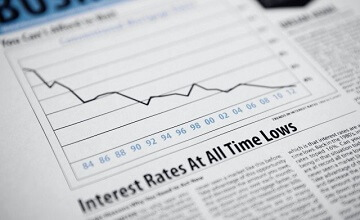Is Debt Consolidation Right for You? A Checklist for Homeowners
Struggling to keep track of multiple debt payments each month? For many Australian homeowners, juggling different debts—whether it’s credit card balances, personal loans, or mortgage repayments—can become overwhelming. Debt consolidation…





